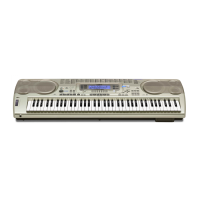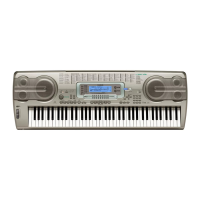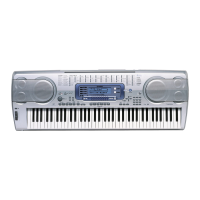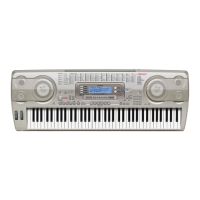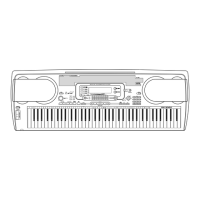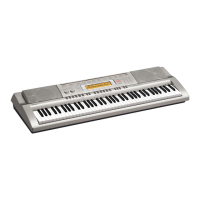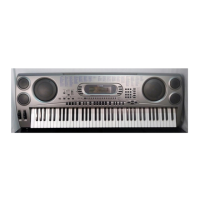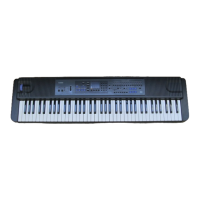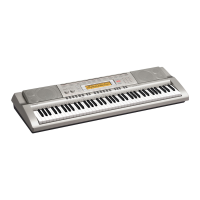How to fix Casio WK-3200 when there is no keyboard sound?
- DDiana ParkerAug 20, 2025
If your Casio Electronic Keyboard produces no sound, check the following: * Ensure the AC adapter is correctly attached, batteries are properly inserted with correct polarity (+/–), and batteries are not depleted. * Press the POWER button to turn the keyboard on. * Adjust the MAIN VOLUME knob to increase the sound level. * Ensure that Auto Accompaniment is turned off. * Turn on Local Control. * Activate channel 1 using the Mixer. * Increase the volume setting for channel 1 in the Mixer. * Increase the DSP parameter value. * If using SMF Player Mode, exit and re-enter, or change the play-along part.
